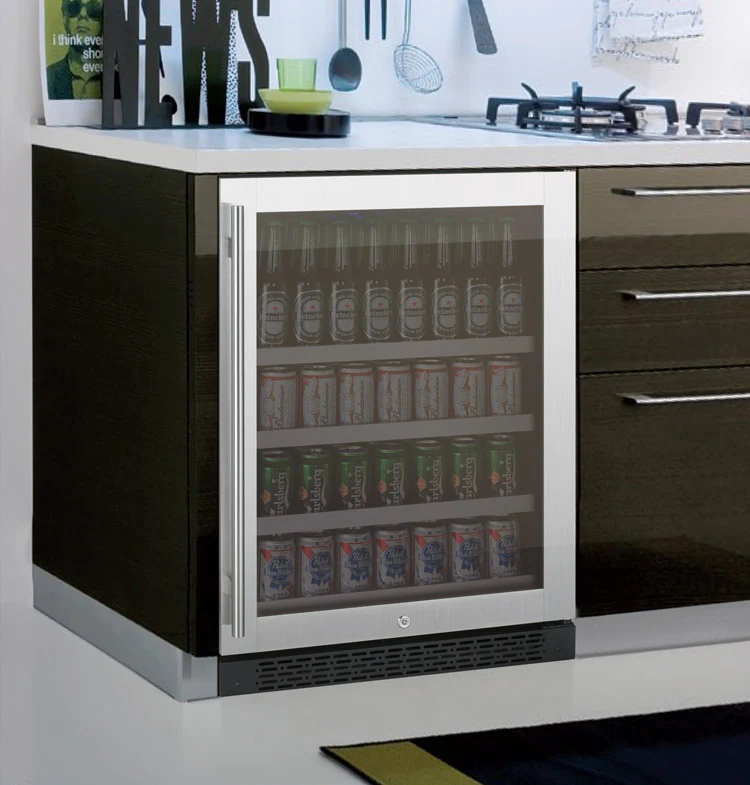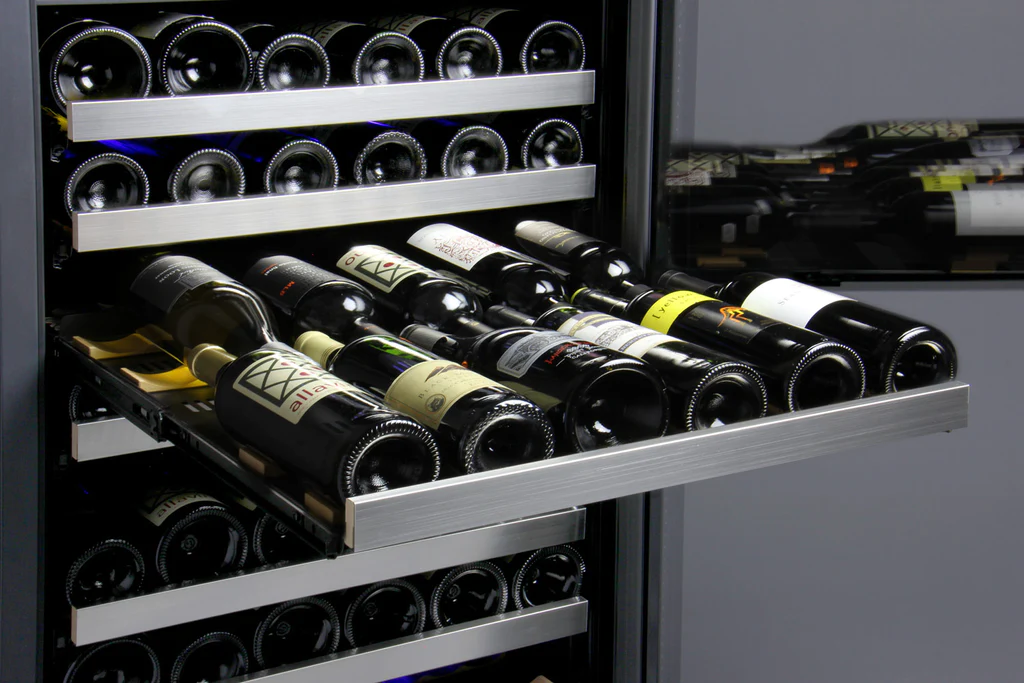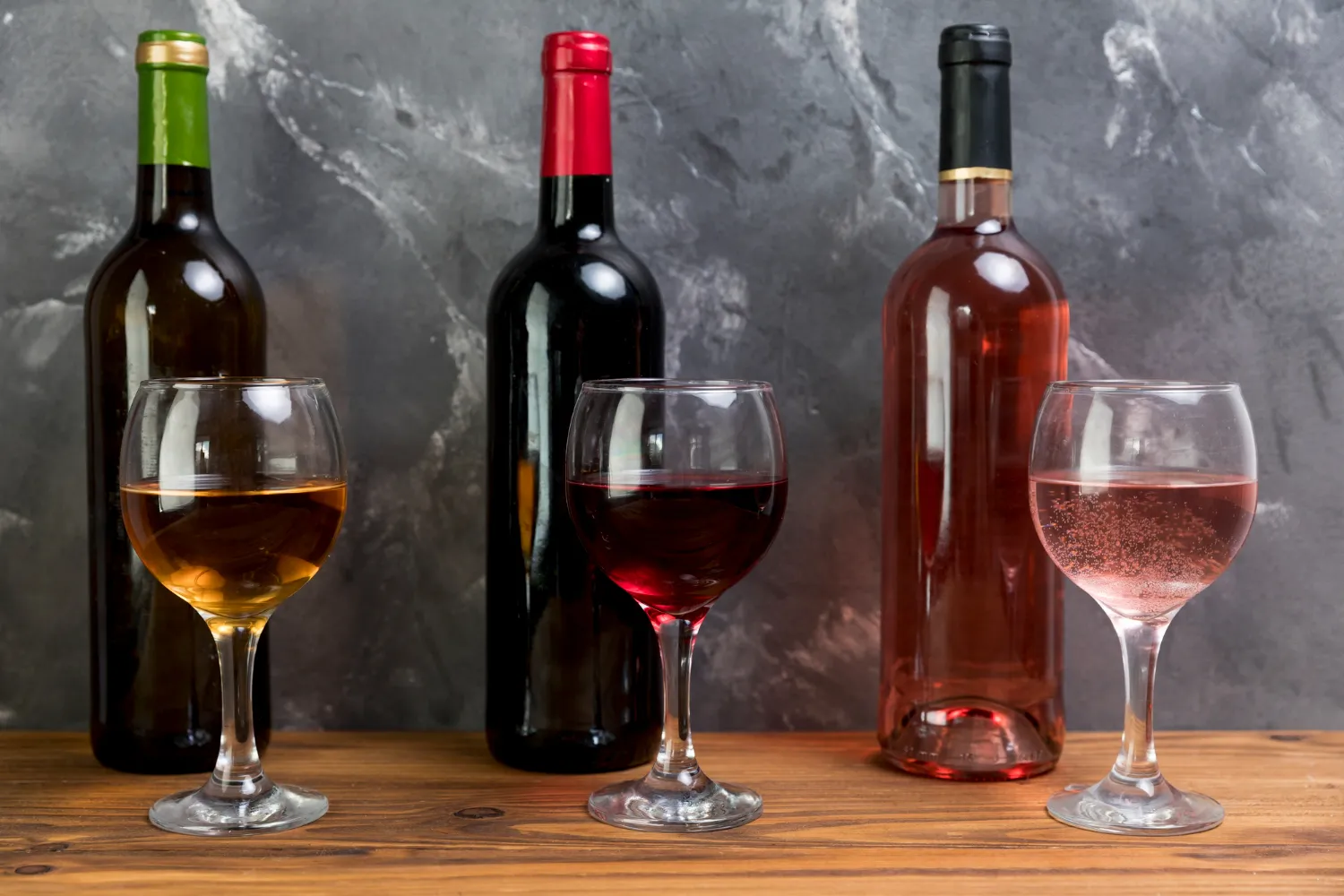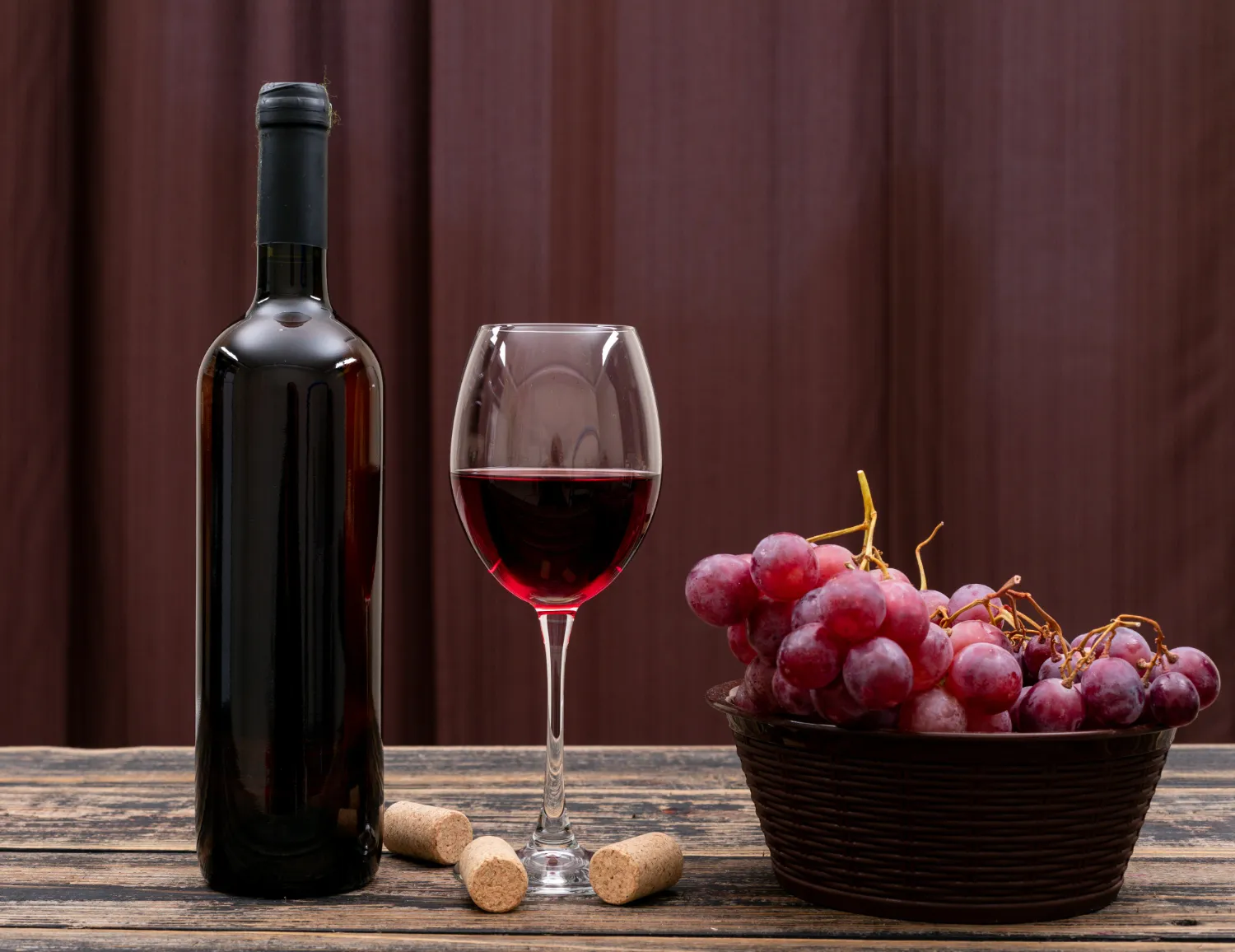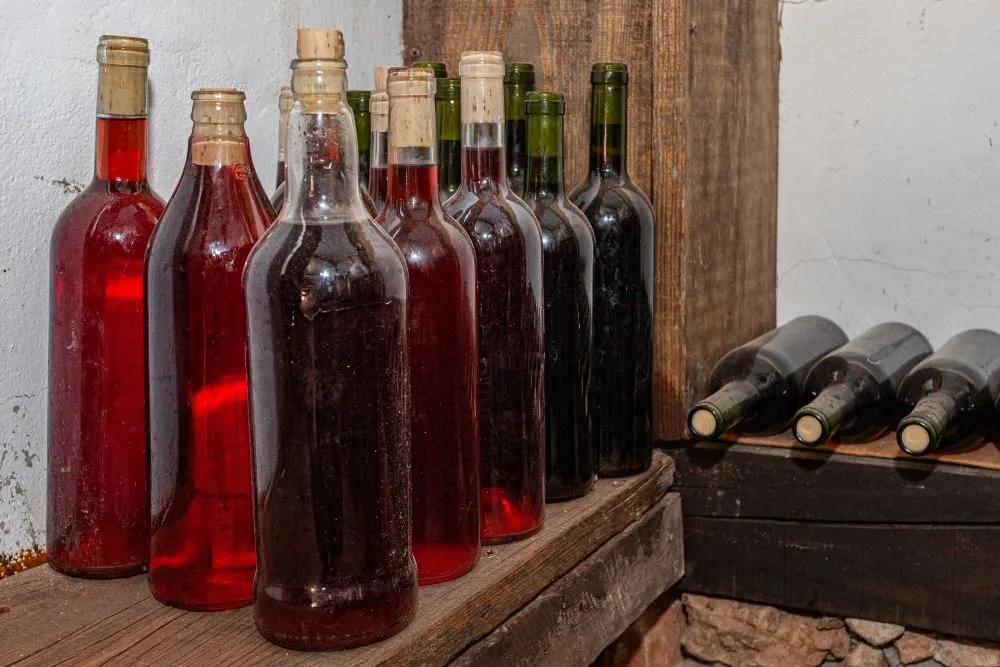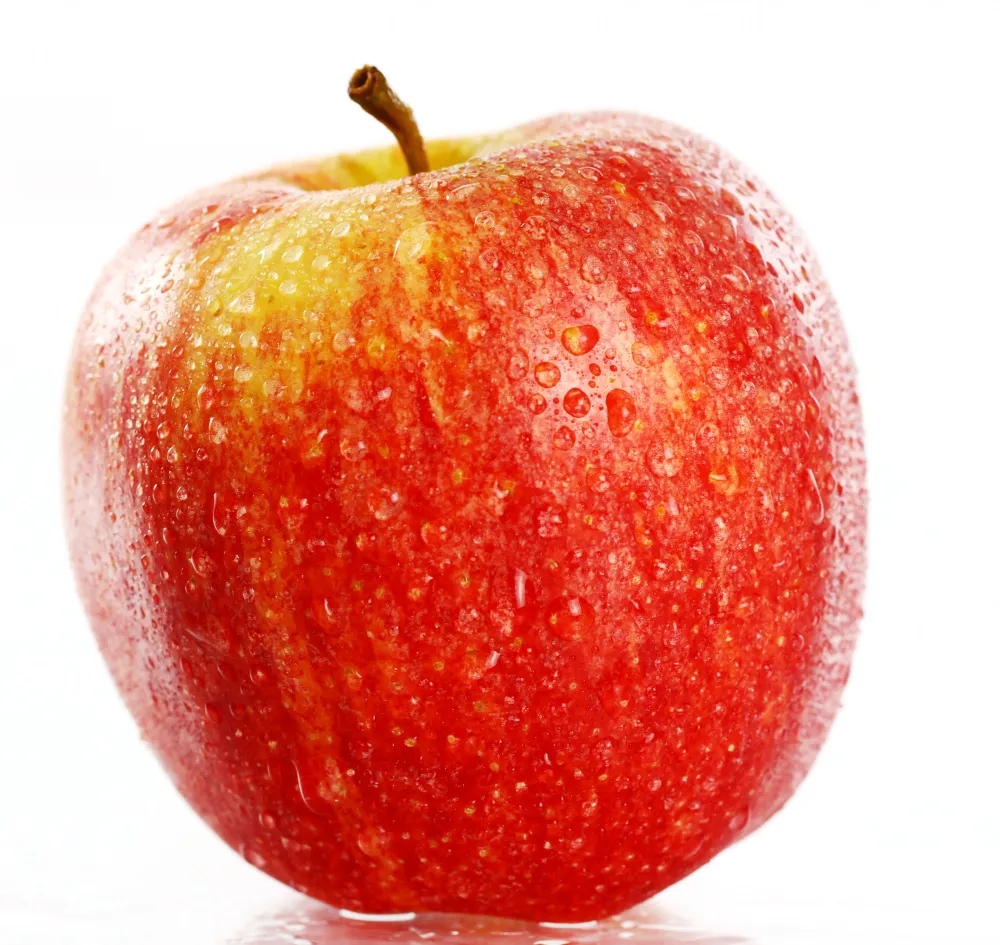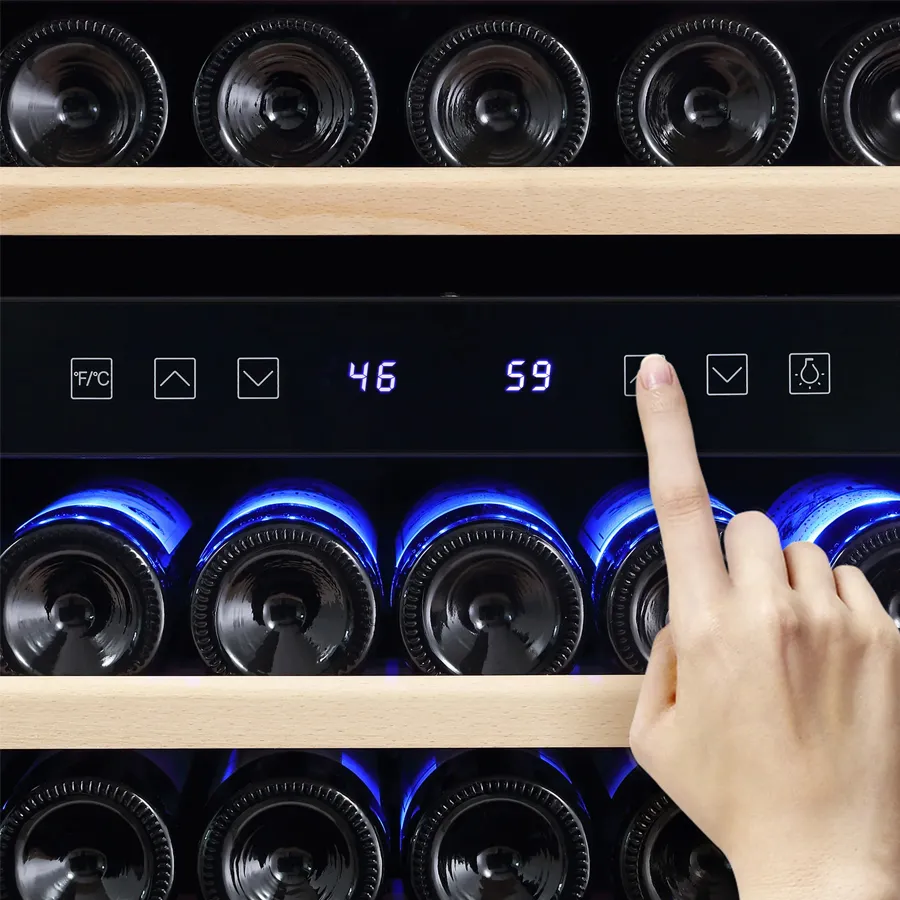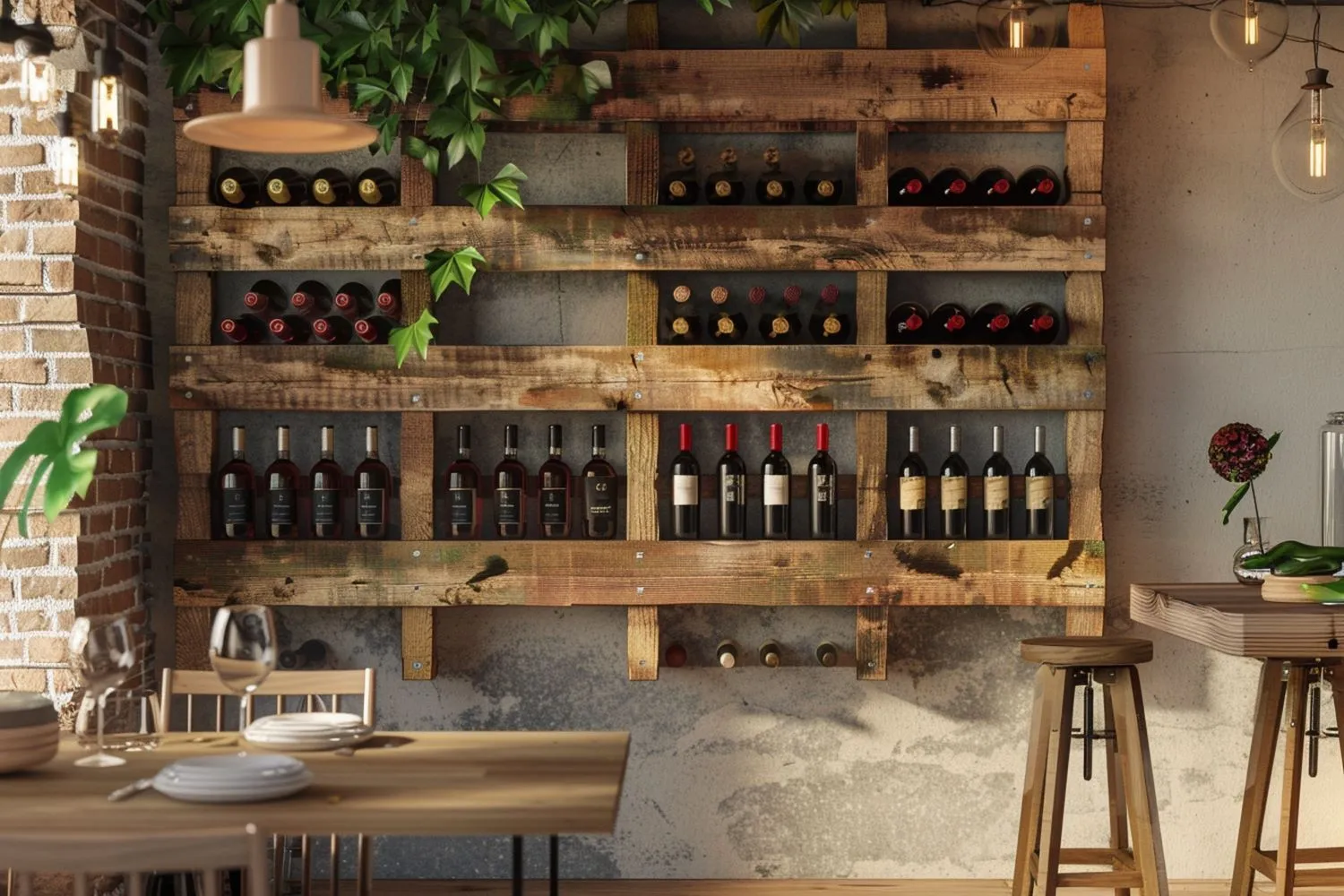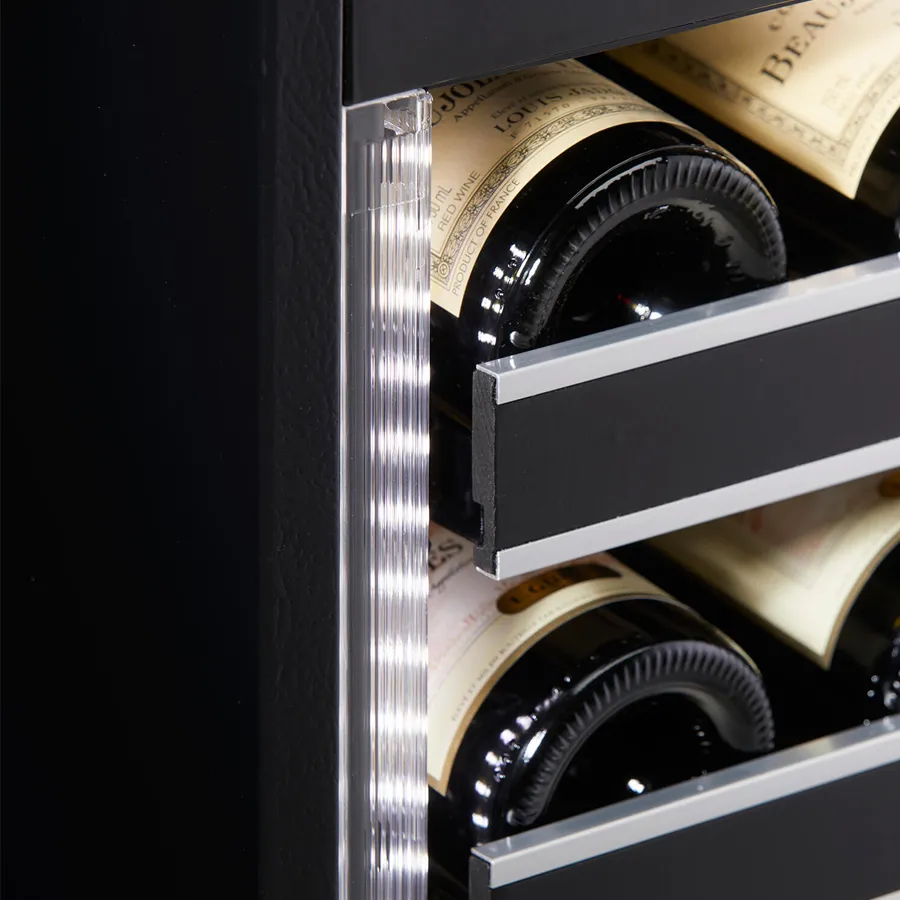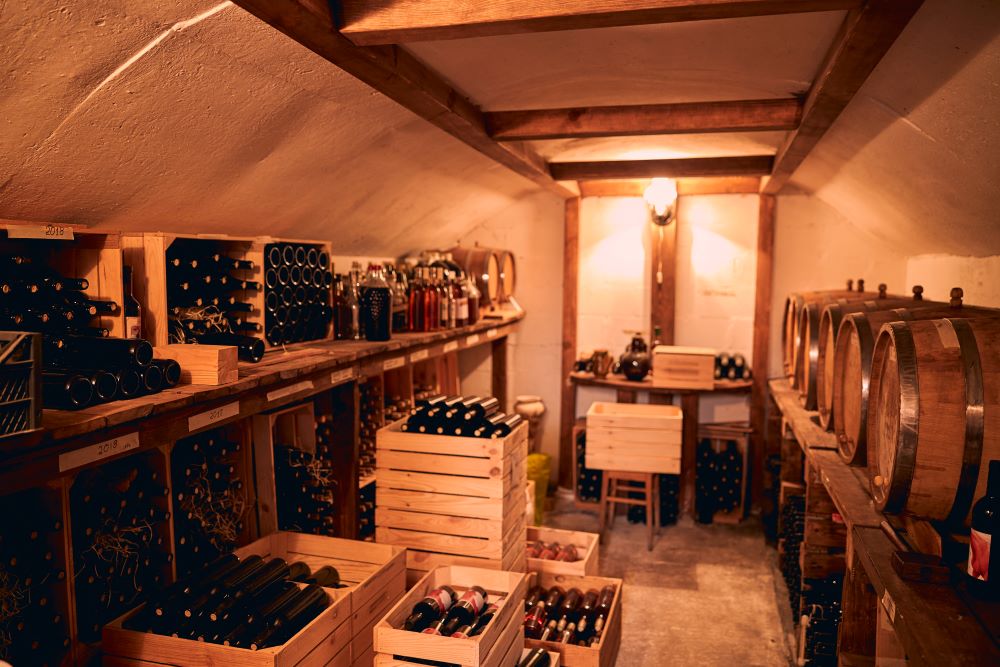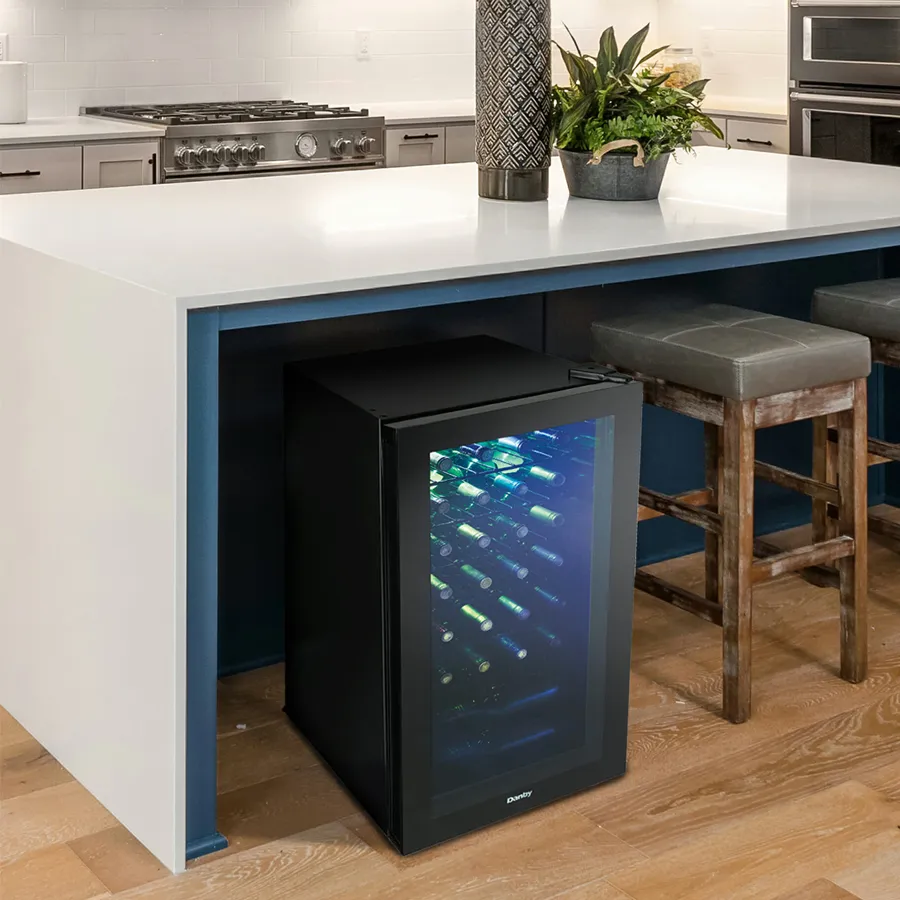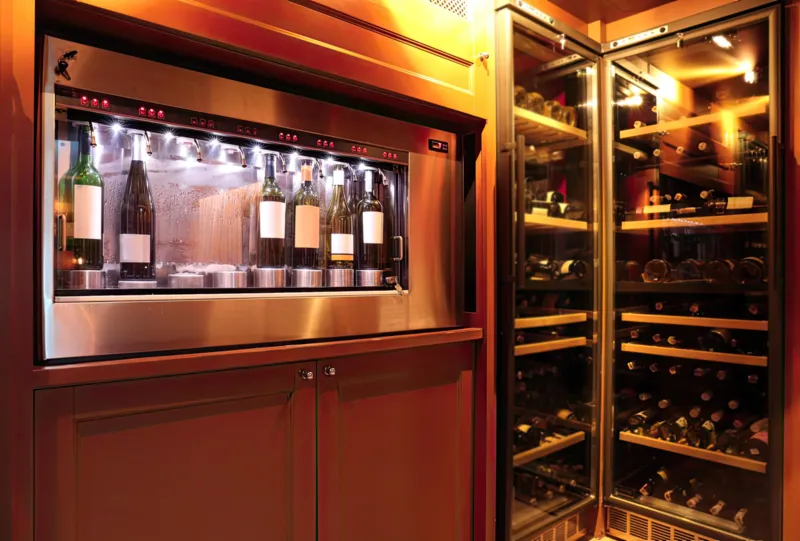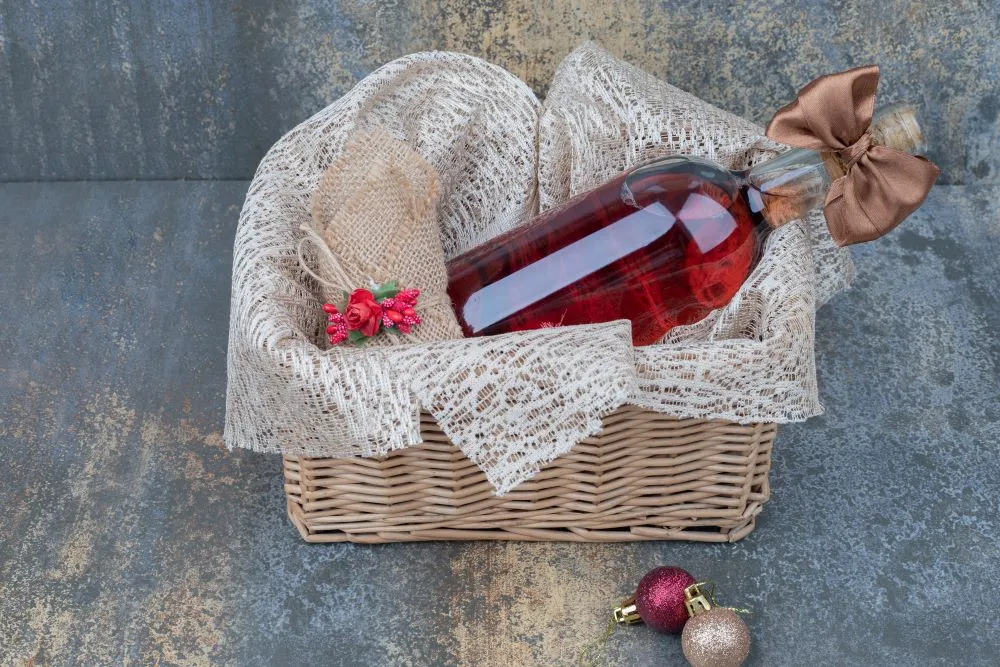Learn the ins and outs of wine tasting and have a sensory adventure with us. Knowing how to assess a wine by its look, aroma, and flavor is an essential ability, whether you’re an experienced expert or just starting out. In this detailed tutorial, we will go over everything you need to know to get the most out of wine tasting, including how to look at the wine, smell it, taste it, and feel it in your mouth.
Preparing for a Wine Tasting
In Shorts: How to Preparing For Wine Tasting
- Environment – quiet, well-lit, temperature-controlled, neutral-colored surface
- Glassware – tulip-shaped bowl, narrow rim, clean glassware
As you prepare for a wine tasting, there are several factors to consider in order to fully appreciate the experience. From selecting the right environment to choosing the correct glassware, and understanding serving temperatures and decanting, each element plays a crucial role in enhancing the tasting process.
- Selecting the Right Environment: For an ideal wine tasting experience, it’s essential to choose a quiet and well-lit environment, free from strong odors or distractions. The space should be comfortably temperature-controlled, as extreme heat or cold can affect the taste and aroma of the wine. Additionally, consider using a neutral-colored tablecloth or surface to assess the appearance of the wine, as it can provide valuable visual insights.
- Choosing the Correct Glassware: Any wine enthusiast understands that the choice of glassware can significantly impact the tasting experience. The shape and size of the glass can affect the wine’s aroma, taste, and overall presentation. Selecting glassware with a tulip-shaped bowl can help concentrate the aromas, while a narrower rim can direct the wine to the appropriate area of the palate, enhancing the tasting experience. Additionally, the cleanliness of the glassware is crucial, as any residue can interfere with the wine’s aromas and flavors.
How to Evaluate Wine Appearance
If you want to truly appreciate a glass of wine, it’s important to know how to evaluate its appearance. The color, clarity, and viscosity can offer valuable insights into the wine’s age, grape variety, and even the climate in which it was produced.
Observing Color and Clarity
Appearance is the first step in evaluating wine. When examining the color, consider whether the wine is red, white, or pink. Note the intensity of the color as it can vary from deep purple to pale red in red wines, and from almost colorless to deep gold in whites. Additionally, pay attention to the rim of the wine, as a faded or orange/brown rim in red wines may indicate aging. Clarity is also important – a bright appearance suggests a well-made wine, while murkiness could indicate a flaw or unfiltered wine.
Recognizing the Significance of Legs and Viscosity
The legs of a wine, those trails that form when you swirl the glass, can offer valuable information about its viscosity and alcohol content. Thicker, more pronounced legs often indicate higher alcohol and/or residual sugar content. This can be crucial in determining the body and sweetness of the wine. Furthermore, the viscosity of the wine provides insight into its texture and mouthfeel, which are integral parts of the tasting experience.
To truly evaluate wine appearance, it’s essential to consider the significance of the presence of bubbles, the color of the wine, and the clarity. These factors can give an indication of the wine’s age, grape variety, and climate in which it was produced. Paying attention to the legs and viscosity can also provide important clues about alcohol content, sweetness, and overall mouthfeel of the wine.
The Art of Smelling Wine
For wine enthusiasts, the sense of smell plays a crucial role in the overall tasting experience. The aroma of a wine can provide valuable insight into its unique characteristics, origin, and age. Mastering the art of smelling wine requires a combination of technique, attention to detail, and a keen sense of smell.
To truly appreciate the complex aromas of wine, it is essential to master the swirl technique. This process involves gently swirling the wine in the glass, which helps to release its bouquet of aromas. To achieve the perfect swirl, hold the stem of the wine glass and rotate it in small circular motions, allowing the wine to come into contact with the air. This action aerates the wine, intensifying its aromatic profile and providing a more nuanced olfactory experience.
Identifying Primary, Secondary, and Tertiary Aromas
The process of smelling wine involves identifying three distinct categories of aromas: primary, secondary, and tertiary. Primary aromas originate from the grape variety and are characterized by fruit and floral notes. Secondary aromas develop during the winemaking process and include attributes such as spices, yeast, and oak. Tertiary aromas emerge as the wine ages and encompass more complex scents like leather, tobacco, and earthy undertones. In essence, the art of smelling wine is about discerning these multifaceted aromas to gain a deeper understanding of its composition and maturation.
For instance, when smelling wine, pay close attention to the intensity of the fruit aromas, the presence of oak-derived notes, and any nuanced earthy undertones. This careful analysis can provide valuable clues about the grape variety, winemaking techniques, and the wine’s age. By honing the ability to identify primary, secondary, and tertiary aromas, enthusiasts can elevate their wine tasting experiences and develop a more sophisticated palate.
Common Aromatic Profiles in Red and White Wines
Technique plays a pivotal role in discerning the aromatic profiles of both red and white wines. Red wines often exhibit fruit-forward aromas such as dark berries and cherries, with secondary notes of spices and oak. On the other hand, white wines are known for their citrus and stone fruit aromas, complemented by floral and mineral undertones. By engaging in the art of smelling wine, enthusiasts can unravel the distinctive aromatic profiles that define each varietal and reflect the unique characteristics of their terroir and winemaking tradition.
Aromatic complexity is a defining feature of wine, offering a sensory tapestry of fruit, floral, and earthy notes. By carefully smelling wine, individuals can immerse themselves in a rich olfactory journey that unveils the intricate layers of its aroma, leading to a deeper appreciation of its flavors and origins.
Detecting Faults Through Smell
On the journey of unraveling the aromas of wine, it is also important to be vigilant for any faults that may manifest through smell. Smelling wine allows the identification of off-putting odors such as vinegar, mold, or mustiness, which are indicative of potential wine faults. By being attuned to these olfactory cues, enthusiasts can discern whether a wine has been compromised and make informed decisions about its quality and condition.
How to Taste Wine
Unlike many other beverages, the process of tasting wine involves a series of steps that allow you to fully explore and appreciate the complexities of the drink. From examining its appearance to savoring the aftertaste, wine tasting is a multi-sensory experience that is both enlightening and enjoyable. By understanding the phases of tasting, you can develop a deeper appreciation for the nuances and characteristics of different wines.
The First Sip: Understanding the Attack Phase
Understanding the attack phase of wine tasting involves taking note of the initial impression the wine leaves on your palate. As you take the first sip, pay attention to the immediate flavors that come through. Is it bold and intense, or is it more subtle and delicate? This phase provides insights into the wine’s immediate impact on your taste buds and sets the stage for further analysis.
Texture, body, acidity, and sweetness are key elements to analyze during the attack phase. The way the wine coats your mouth, its level of sweetness, and the sharpness of its acidity all contribute to your initial sensory experience, offering clues about the wine’s composition and style.
Analyzing Body, Texture, and Weight
Texture, body, and weight play a crucial role in the overall tasting experience. The attack on your palate from the first sip can reveal the body of the wine, whether it feels light and crisp or rich and full-bodied. As you continue to explore the wine’s texture, you can gauge its weight on your palate, which provides valuable information about its complexity and depth.
When assessing the body, texture, and weight, it’s important to consider the wine’s appearance and aroma in relation to the attack phase. The interplay between these elements contributes to the overall profile of the wine, guiding you towards a more comprehensive understanding of its nuances and characteristics.
Identifying Tannins, Acidity, and Sweetness
Body, texture, and weight set the stage for identifying tannins, acidity, and sweetness, which are fundamental components of the wine’s structure. Tannins contribute to the wine’s mouthfeel, adding a gripping sensation that can signal its aging potential and level of complexity. On the other hand, acidity and sweetness provide insights into the wine’s balance and overall flavor profile, influencing its overall sensory impact.
When evaluating tannins, acidity, and sweetness, consider the wine’s origin, grape variety, and winemaking techniques. These factors influence the presence and intensity of these components, shaping the overall character of the wine and offering valuable clues about its quality and style.
Recognizing Flavor Profiles and Complexity
First and foremost, recognizing flavor profiles and complexity involves delving into the intricate layers of taste and aroma that unfold during the tasting process. The initial flavors that emerge on the palate pave the way for a deeper exploration of the wine’s complexity, shedding light on its unique characteristics and depth of expression. As you savor the wine, take note of the interplay between different flavors and the evolving nature of its taste profile.
Flavor, aroma, and complexity are intertwined aspects that define the sensory experience of wine. From fruit and spice notes to floral and earthy undertones, the intricate array of flavors contributes to the wine’s overall allure and appeal. By recognizing the flavor profiles and complexity, you can gain a deeper appreciation for the craftsmanship and artistry behind each bottle of wine.
The Finish: Length and Aftertaste
To fully appreciate the finish of a wine, focus on the length and aftertaste that lingers once the wine has been swallowed or spat out. The duration of the finish provides valuable insights into the wine’s overall quality and complexity, offering a lasting impression that rounds out the tasting experience. Pay attention to the lingering aftertaste, exploring the nuances of flavor that unfold after the initial sip.
Weight, structure, and flavor intensity contribute to the length and aftertaste of the wine, shaping the overall final impression it leaves on the palate. By analyzing the finish, you can discern the wine’s depth and craftsmanship, gaining a comprehensive understanding of its sensory impact and lasting allure.
Summing up
On the whole, the process of tasting wine involves observing its appearance, smelling its aromas, and finally, tasting its flavors. By paying attention to the color, clarity, and legs of the wine, one can gather valuable information about its age, grape variety, and climate. The smell of the wine can indicate the grape variety, climate, and age of the wine, as well as any potential problems. Finally, the taste reveals the body, sweetness, tannins, acidity, warmth, and finish of the wine, providing a comprehensive understanding of its characteristics. By mastering the art of tasting wine, one can appreciate and evaluate wines more deeply, enhancing the overall wine-drinking experience.

